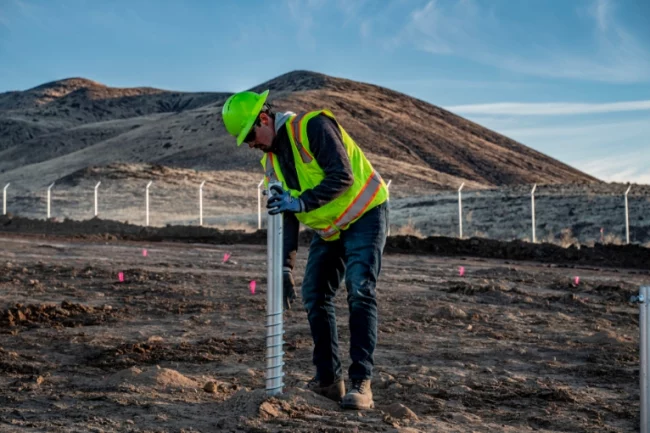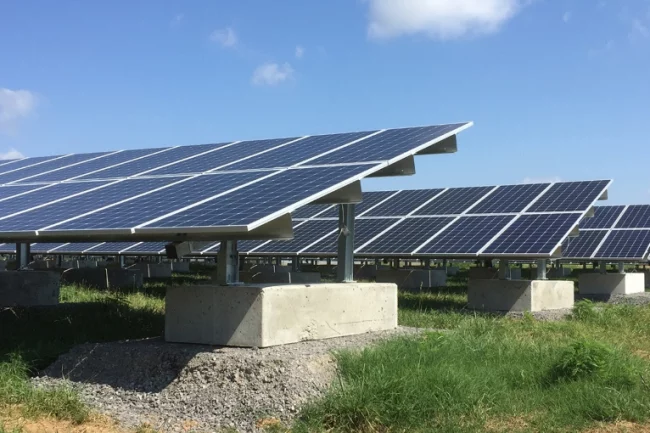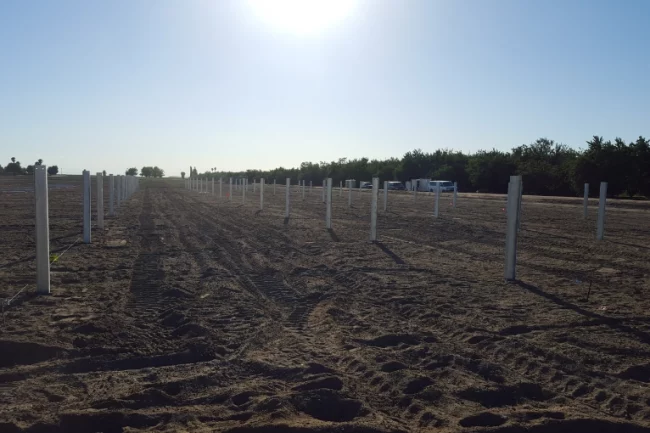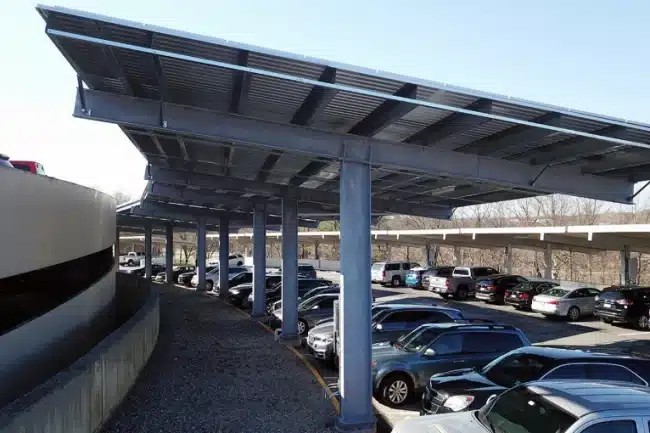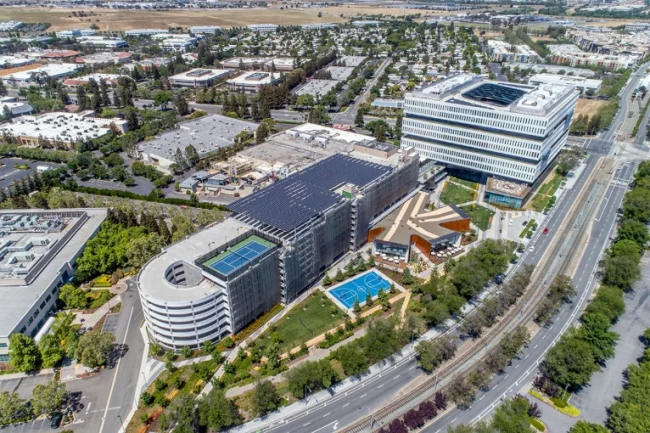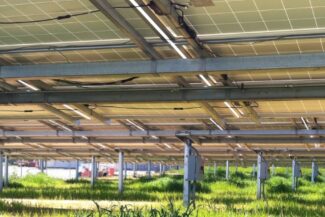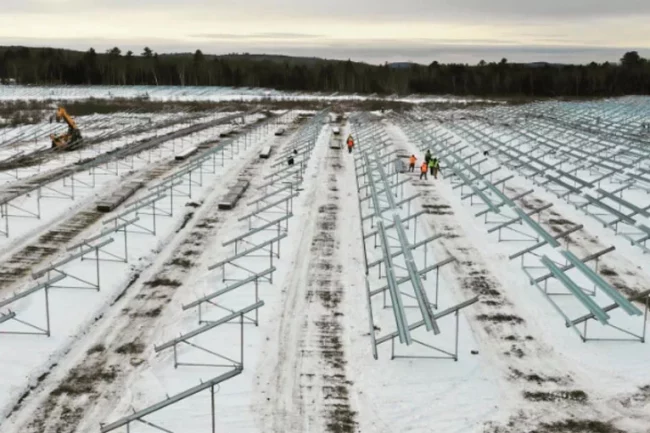Solar projects are complex and rely heavily on feasibility studies in early-stage development to understand your expected IRR, the most optimum design, and the right products for your solar projects. Failing to thoroughly analyze all options can lead to high potential projects being overlooked and uncompetitive bids. Select products that meet technical and financial performance metrics before moving to the design and engineering stage ensuring you find the ideal balance between risks and return.
Knowledge is power
How viable is your site? What type of system is best for your site’s topography? When executed well, feasibility studies can provide answers to these questions, and more—enabling asset owners and developers to make confident decisions up front.
What are the benefits to having the right feasibility studies in place?
- Optimized project design
Feasibility studies enable you to compare multiple products and configurations ensuring you select the most optimal solution and increase your PPA competitiveness. - Improved risk management
Feasibility studies make it easier to identify potential issues so you can make changes if the original project is not feasible or come up with contingency plans and mitigation strategies. - Maximize returns
Feasibility studies allow you to analyze various inputs that can impact your project, enabling you to discover better project value and increase returns.
Traditionally, developers engage external consultants to run feasibility studies, or have their internal teams run them. However, these conventional feasibility methods have inherent flaws.
They also take weeks to complete, which just doesn’t cut it for projects on tight schedules.
- External teams are usually costly and time consuming, with a lot of guesswork and assumptions involved. The results received are limited and do not always point to the most ideal outcome. Put simply, you don’t always get what you pay for.
- Internal teams can be difficult to set up, as different teams work on different performance metrics. While engineers look at optimizing design and performance, analysts may look at revenue structures. This lack of cohesion results in data silos, hindering you from unlocking the best value from your projects
Optimize projects with a smarter alternative
A smart feasibility tool is a faster, more cost-effective alternative to traditional feasibility studies. Producing results in seconds rather than weeks, it enables you to optimize project design before you begin building—which translates to cost savings and increased internal rates of return (IRR). A top-in-class tool should also be able to review finance and revenue structures, so you can find the best balance between risks and returns.

The Solar Instant Feasibility Tool (SIFT), Terrasmart’s proprietary project optimization software, can help you crunch variables like weather and terrain, layouts, and financial models in the early stages of your project cycle. By using SIFT, you can analyze thousands of configurations and identify the best system design for your solar projects from the get-go; before entering the design and engineering stage of the project lifecycle.
How SIFT can help you achieve success:
- Make smarter, more informed decisions up front: analyze and compare thousands of configurations and select the most optimal products for your site.
- Speed up the development cycle: eliminate assumptions and get results in seconds versus weeks
- Improve your IRR by 5% to 15%: Greater accuracy and an exploration of hundreds of layouts can uncover hidden project potential from a reduction in installation costs to an increase in NPV or IRR to a more competitive PPA.
- A common goal: Everyone involved in the feasibility study will be on the same page—sharing analytics, optimizing variables, and confidently choose the optimal design for the project.
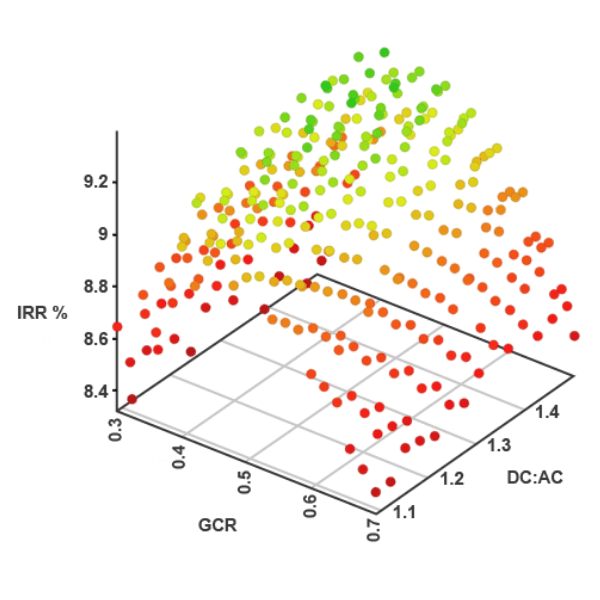
Here’s an example of how SIFT works:
By analyzing grade limits and slopes on a site with challenging topography, SIFT can give developers an overview of what products are most appropriate and would work best based on the site’s unique conditions. For example, developers could decide based on a SIFT simulation, between a single axis tracker which yields a higher energy production, or opt for 30% more ground fixed tilt units, which would reduce the cost on grading and civil works.
With a simple-to-use interface that runs from your browser, as well as responsive training and support from an experienced team, SIFT empowers solar developers and asset owners to make smarter, data-driven decisions and eliminate uncertainties from the early stages of a project cycle. Take control of your pre-development planning for optimal results down the line. Try SIFT today.

